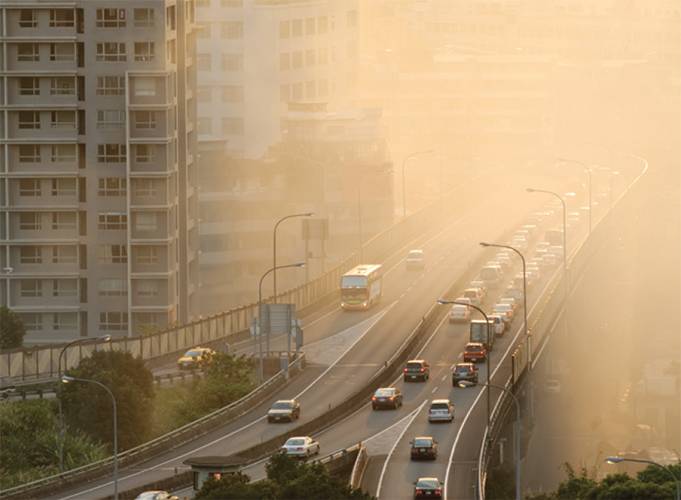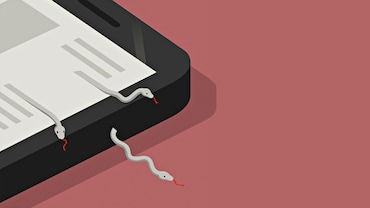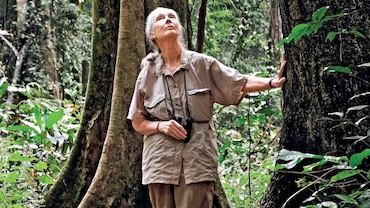The Killer Smog

The day after Diwali, New Delhi awoke not to joy or prosperity, but thick, grey smog. The air hung low and thick, stung the eyes and aggravated respiratory and cardiac conditions. While winter smog is an annual occurrence in the capital, this year's pollution levels were the highest in 17 years.
On the Diwali weekend, the readings for particulate matter 2.5 (PM 2.5) reached 500 ug/m3 in parts of UP and Bihar. Kolkata was stuck at an 'unhealthy' 165 ug/m3 and Delhi at 748 ug/m3 even the day after. The WHO sets the air-quality threshold at 25 ug/m3 over a 24-hour period.
Anumita Roychowdhury, executive-director, research and advocacy, Centre for Science and Environment, calls it a "national crisis. The entire landlocked belt from Patna to Punjab is facing severe air-quality issues."
The main culprit is PM 2.5, particles and droplets that are less than 2.5 microns in width. The elderly and children are particularly vulnerable as the smog settles deep in the lungs. Prolonged exposure can lead to reduced lung function, chronic bronchitis and the onset of lung cancer or heart disease.
The pollution sources: dust, diesel generators, traffic, power plants, industries and construction. In north India, winter also brings crackers during Diwali and weddings, charcoal fires and burning of crop stubble in Punjab and Haryana. Cold weather conditions also cause inversion-cool air settles close to the ground and traps pollution with no breeze to disperse it. Air quality in the south isn't any better but the primary pollutants are different.
"Governments should implement stringent measures and citizens need to make lifestyle and behavioural changes ... only continuous short- and mid-term actions can sustain the air-quality gains in the long term," says Roychowdhury. The Supreme Court's directive to the Central Pollution Control Board to organize a graded response to pollution levels, monitor air quality and create a timeline to deal with the current emergency provides a small ray of hope.






